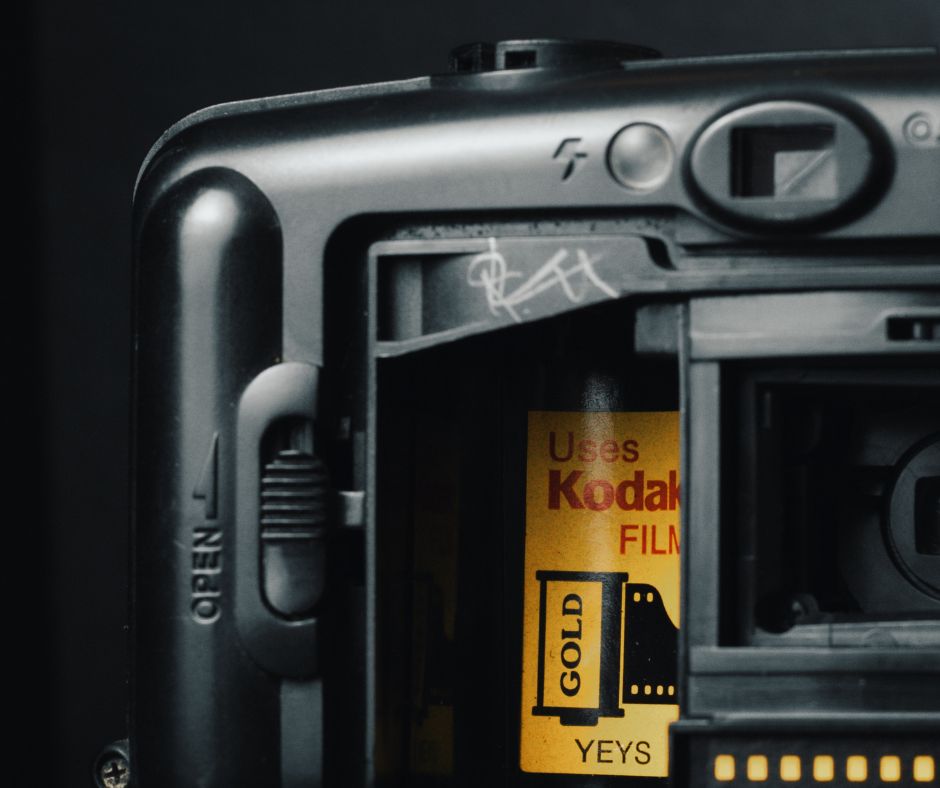A sure way to fail in your efforts to reach your target customers is not to understand how things work where they are. Some hilarious examples are in this article, “11 of the Biggest Brand Blunders.” This lack of understanding can occur domestically or globally, in different age groups or different cultures. If you don’t know about what is important to your prospects and what they value, you are sure to fail.
Watch Colin talking about this on YouTube:
Subscribe to our YouTube channel here to see all the latest videos!
Organizations have proven this rule through marketing campaigns that have failed on a global stage. For example:
- Braniff International translated its slogan, “Fly in leather,” which was about their fine upholstery seats. However, the Spanish translation of the tagline was, “Fly naked.” How about that for getting to know your seatmate?
- Coors also had problems with its Spanish translation. Their slogan, “Turn it Loose,” in Spanish is a colloquialism for having diarrhea.
- Gerber baby food puts pictures of babies on the jar, which is cute…except in Africa, where baby food makers put pictures of what is in the jar.
- Instead of explaining the chicken was finger-licking good, KFC in China was telling their Chinese customers to “eat your fingers off.” Yum.
- Electrolux had a one-time marketing slogan in the US with a tagline of, “Nothing Sucks like an Electrolux.” Frankly, I like that one.
People—and languages—are different and knowing who your customer is and what they want absolutely vital. So, if you want to fail, don’t bother learning who your customer is and what motivates them and what they want.

Rule #2: Ignore customer feedback.
I read an article, “15 Famous Brands Who Failed to Innovate,” and what I noticed is that hubris plays a role here, too. Sometimes, strong leaders disregard feedback, which is a trait we often admire when it pays off. However, it’s the same trait we admonish when the company fails, which is more often the outcome.
(That said, one could argue that the people that succeeded did so because they read and understood the market better than usual and in spite of the feedback. But I digress…)
Rule #3: Fail to adapt to change.
Nokia made great phones at one time, the phones everyone wanted. Then, the iPhone came out. I met with someone high up at Nokia around that time that told me, “Yeah, the iPhone won’t survive because the battery doesn’t last long enough.”
Yeah.
Clearly, this person didn’t understand the market. He was correct, the first iPhone battery didn’t last as long as the Nokia; and back in those days you would charge your phone and it used to last three days. However, the advantages of the iPhone were so fantastic, that the short battery life wasn’t as much a concern. Moreover, Apple fixed the battery problem.

Nokia is Microsoft Mobile now, so you can see how that went for them. Nokia isn’t alone in this mistake. Kodak didn’t see what would happen with digital cameras; Blockbuster missed the boat on streaming; and neither one of them is around to share their cautionary tale now, are they?
Many years ago, Charles Handy wrote “The Empty Raincoat: Making Sense of the Future.” In the book, Handy shares the S-curve. If you picture a vertical axis as “performance” and a horizontal axis as “time,” and a big bell curve on it, you will get a sense of what this means. The first low point of the bell curve is when a company/sports team/new product comes out; it’s just getting started so the performance is low. However, as you move forward in the time axis, the performance builds to the peak of the bell curve. Then, as you continue to follow the time axis, the performance falls off for whatever reason.
What Handy wrote in the book is that the time for change is right before you reach the top of the first curve, when everything is performing well. However, that is also the most difficult time to change because everybody turns around and says, “Why are we changing? You know, we’re doing really well. There’s no point in this.”
This attitude is in part inspired by Loss Aversion, one of the parts of Prospect Theory. We tend to be risk averse naturally anyway, but it’s even more so when things are going well. It isn’t until things are not going well, on the downside of that curve, that we are more willing to take risks or make changes.
Rule#4: Not being authentic.
This rule is kind of obvious, so I won’t belabor it too much. Brands that aren’t what they say they are or don’t follow through on their brand promise, are not going to last. Customers tend to drop companies that are inauthentic.
Do you remember Milli Vanilli? If you didn’t wear parachute pants or shoulder pads at one time, or know how to take care of Pet Rock, then you might not.
Milli Vanilli was a couple of good-looking German French R&B duo from Munich. They were singers that danced and had a few hits in the late 1980s. However, they were exposed as frauds that didn’t record the songs; in fact, they couldn’t sing. When exposed at a 1989 concert in Connecticut, their career was over. (Sadly, one member of the duo later died in a hotel room in Frankfurt, Germany, at age 32, the victim of a suspected alcohol and prescription drug overdose.)
Rule #5: Overlooking diversity and inclusion.
There are various reasons for wanting diversity, and one of them is to have the kind of leadership that is open to multiple viewpoints. By being challenged and encouraged to look at things in different ways, you can respond to the market.
For example, Victoria’s Secret in the states was the leading brand in ladies’ lingerie. However, their success led to a tunnel vision on what was cool and sexy. They hired the same kind of models and pushed the same style, to the point of being aggressive about it. However, the lack of diversity on what is sexy or what is cool eventually led to their fall. Over time they crashed and burned. It is both an example of rule #3, not adapting to change, and #5, lack of diversity.

There you have it. The playbook of what not to do. So, if you want to make your organization fail, then be sure to ignore the needs of your target market and customer feedback, refuse to adapt to change, be fake, and exclude as many people as possible. Otherwise, do the opposite, and I think you’ll see a lot more success than some of these brands did.

We can help improve your Customer Experience and Marketing and gain growth. Beyond Philosophy has been recognized by the Financial Times as the leading management consultancy for four years. Why not talk with Colin and his team about how we can help you gain growth? Click here.



